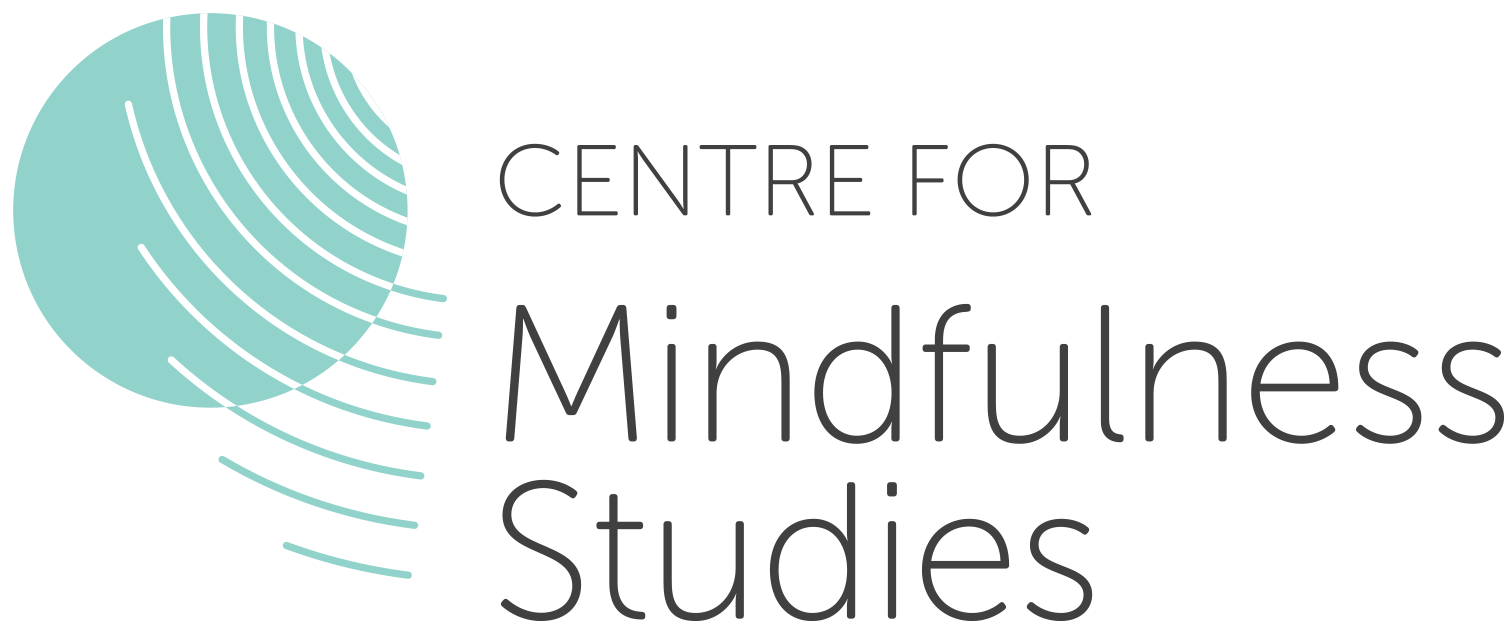“Live fully. Don’t just wimp out.” -Kathy Sage
We are bumping our way along in a mini bus to Sravasti, an ancient Indian city located 10 hours away. Our lives are in our driver’s hands and thankfully, he is an expert at seeing the spaces in which he can move, narrowly missing a cow, a motor bike carrying a family of five, a goat or a woman walking. The weaving and bouncing of the bus as it avoids the deep ruts and pot holes makes it impossible to escape being mindful of our bodies. And this is the topic of our discussion as we disembark and sit with our guide (Norman Feldman), breathing in the greenery, taking in the sounds of birds and distant chanting in this place where the Buddha is said to have spent 24 rainy seasons in retreat.
How do we practice mindfulness of the body? And why—since there are often so many sensations we would rather avoid? There are many ways to wake up to the experience of body but two practices are primary. First, we intentionally bring mindful attention to the forefront of our experience. We can then decide whether to direct and narrow our focus on specific aspects of our sensorial experience or to open it to be wide and receptive to whatever comes and goes through the “sense doors”: (eyes, ears, nose, mouth, touch). When our attention wanders into thinking or other aspects of the senses we return our focus over and over again to the sensations in the body. We are training our attention to be steady and concentrated. We settle, examining the body, noticing the quality of our breath, attending to the myriad sensations that make up the “whole body of the breath”. This is our vehicle on our journey to an awakened life.
The Body Scan is a practice in which we explore sensations from head to toe and from the inside out. Traditionally, this practice included bringing awareness to the innermost parts and organs: from oil/sebum to saliva, blood and bone. The idea was to cultivate a letting go of vanity, attachment to the body and the idea that it is permanent and unchanging. After all, it’s hard to be vain about “a bag with an opening at both ends” that gets sick, ages and dies. These days, we tend to forgo this focus, using the Body Scan to work with and examine specific sensations and all of their qualities in a sequential fashion. Then we may widen our attention to the entire body, becoming receptive to sensations as they come and go. A sound begins and passes, as does a sensation in the body, as do thoughts and emotions. Nothing is permanent.
Why do this? Because as we come to recognize, understand and fully embody direct experience as it is we can develop the ability to loosen our mental grip on situations and states that will always pass. Mindfulness of the body provides a platform from which we can be with or view our lives and experience the gap between what happens and our habitual reactivity. It allows us to pause and catch ourselves before we are fully pulled into our desires or repelled by our aversions. We stop and question how we are encountering our lives. Are we so full of ourselves that there is no room for seeing things differently? Are we really unable to get off the mental hamster wheel of our habitual thoughts and obsessions—or can we use the body’s vantage point to make space to see how our continual dissatisfaction with how things are can be the source of so much suffering? As a patient of mine once reminded me, in the wise words of the Beatles, sometimes there is freedom when we can just, “let it be….”


